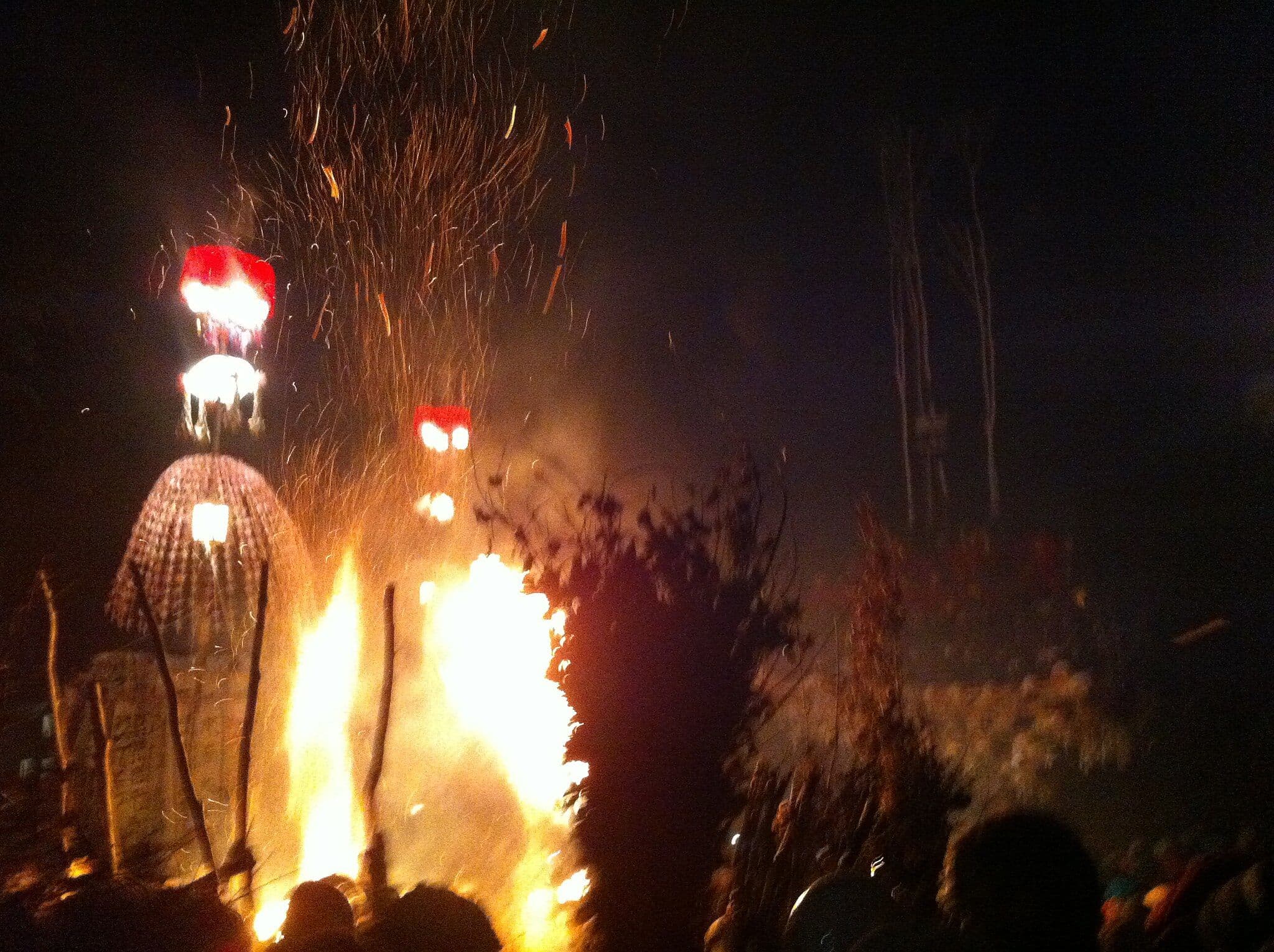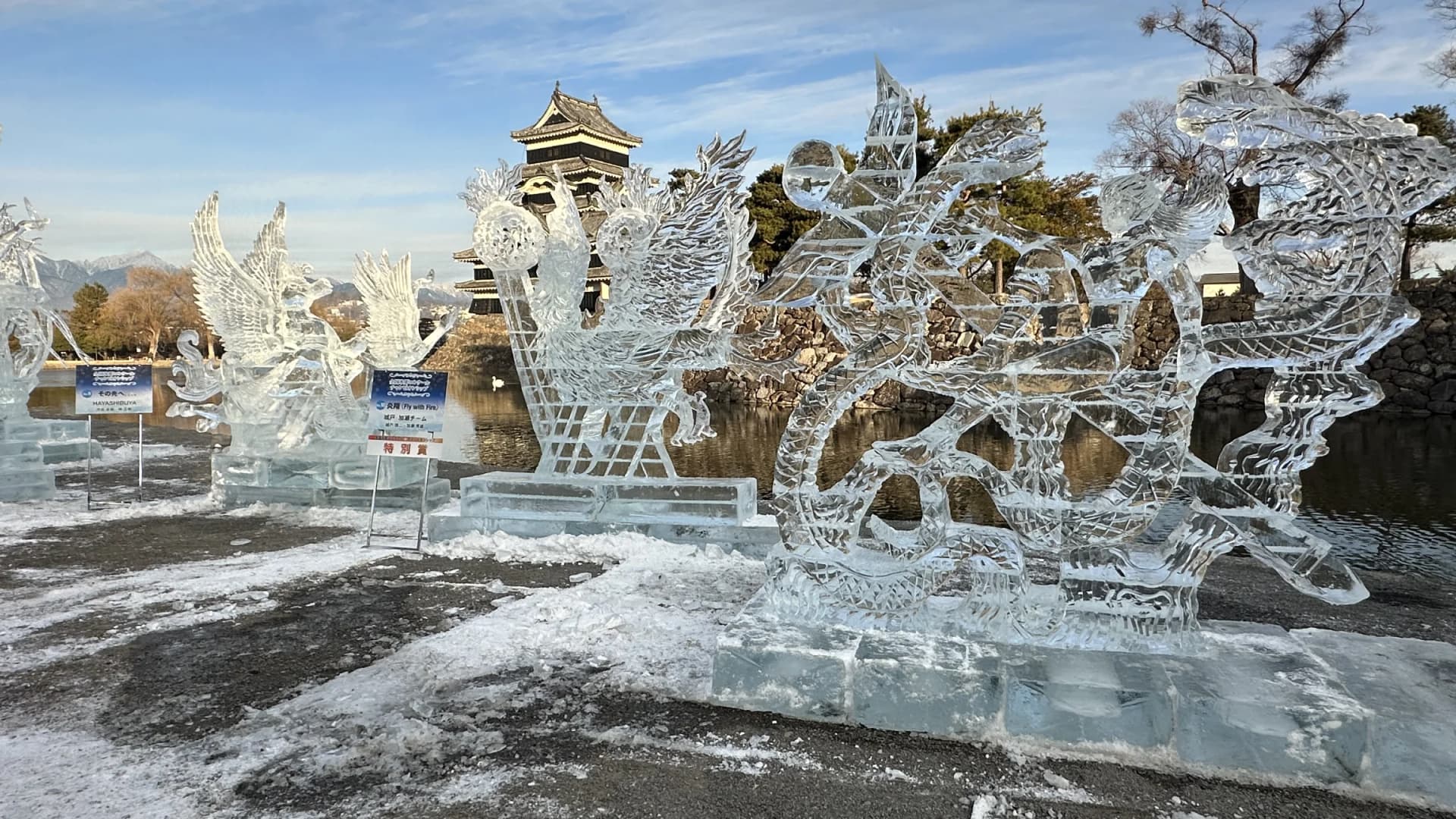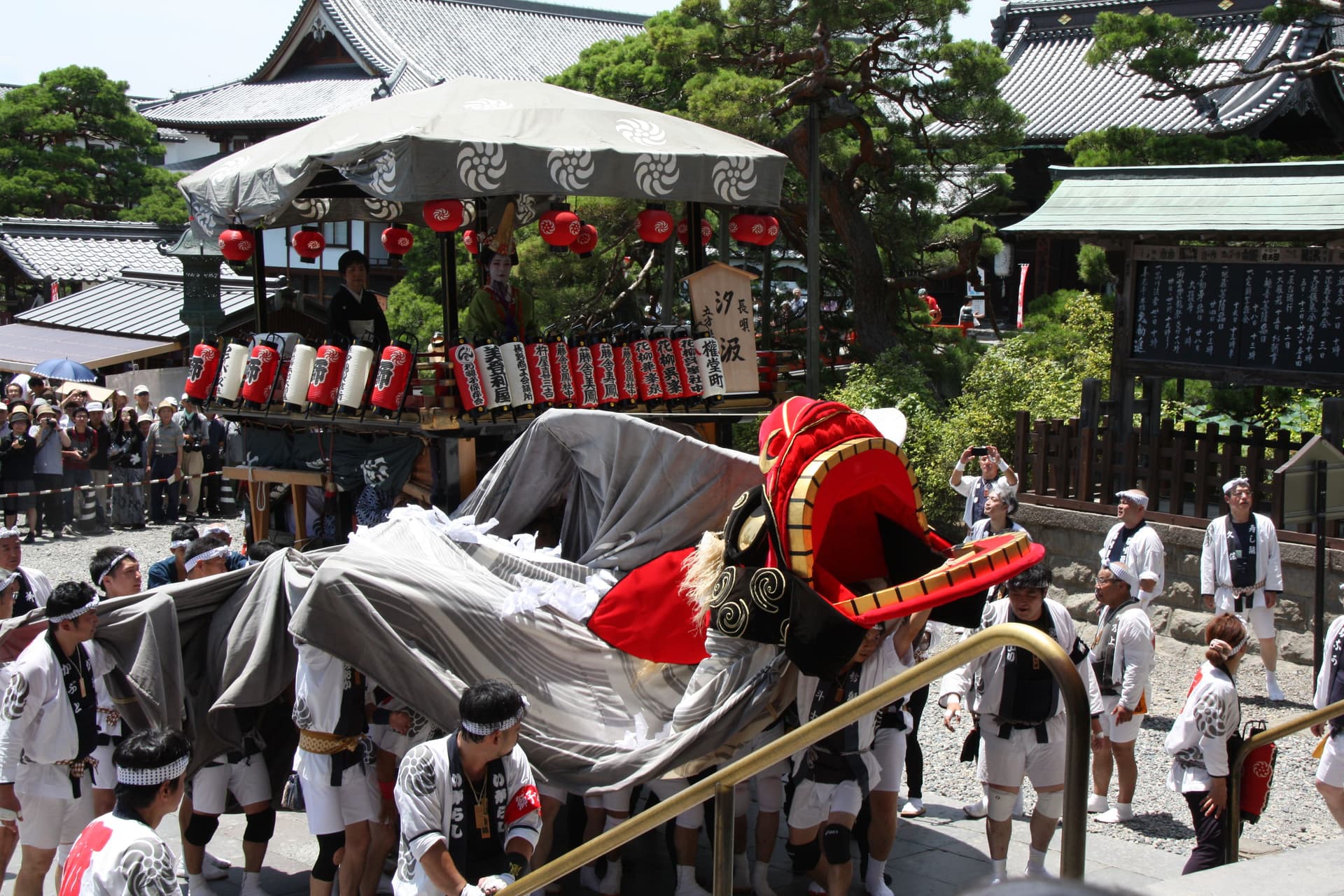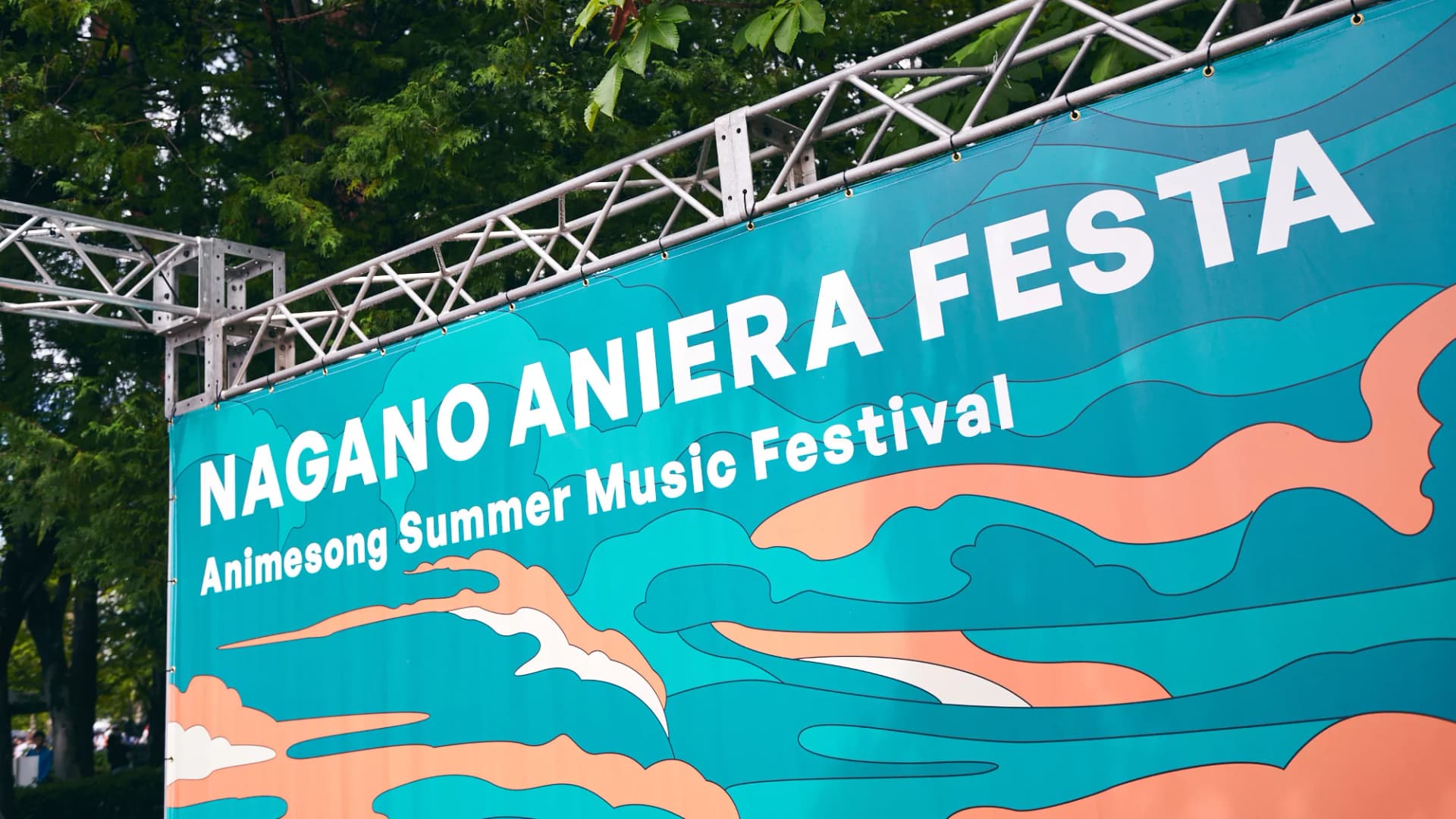
Nozawa Onsen Dōsojin Festival
野沢温泉の道祖神祭りAdvertisement
Event Venue
Nozawaonsen
Toyosato, Nozawaonsen-Mura, Shimotakai-Gun, Nagano
- Iiyama StationIiyama Line
- 31 minutes bus drive to Nozawaonsen
- Walk 9 minutes
At Hey Japan!, we strive to keep the events listed on our website as current as possible. However, it is important to note that event organizers may make changes to their plans, including cancelling events, altering schedules, or modifying admission requirements, without prior notice. To ensure that you have the most accurate information, we recommend checking official websites before attending any events.
Last Updated:





